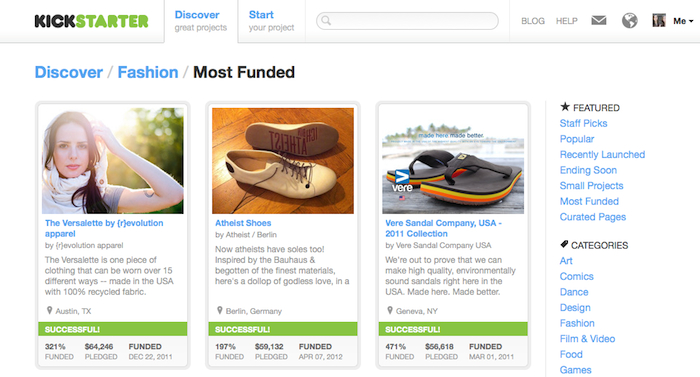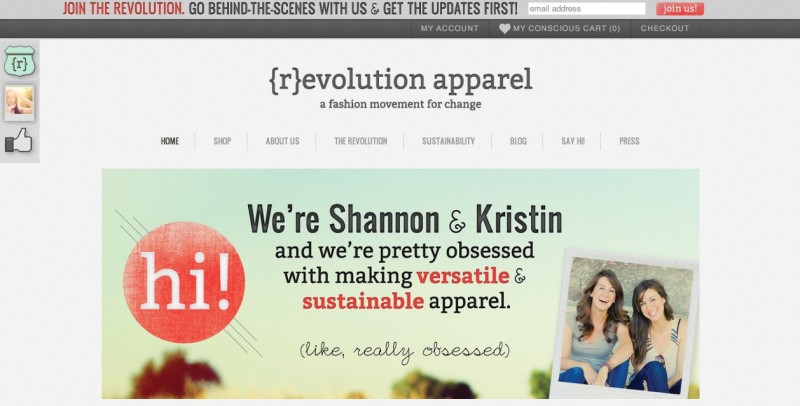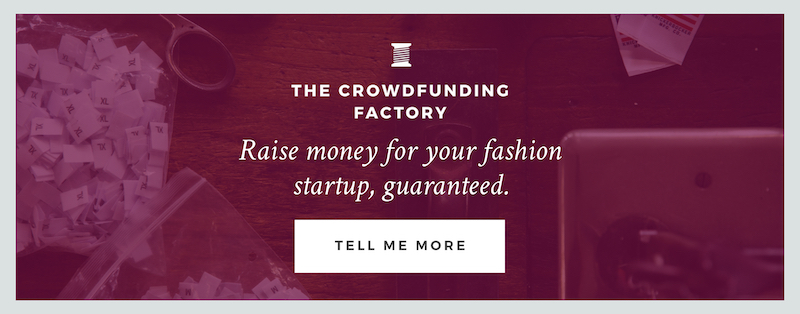Did you know an online shopper decides within 90 seconds whether he or she is going to buy from you?
That’s right, you have a minute and a half to make a first impression and either convert the sale or lose it.
According to Vouchercloud, over 92% of online shoppers say visuals are the most influential factors affecting a purchasing decision.
When we begin to think about those visuals and how they affect the psychology of a potential customer, we often think only of the nuts and bolts of the website:
- Should I use a homepage slider or a “hero” image?
- Where should my call-to-action go?
- Is the “add to cart” button above the fold?
While layout and design details are certainly important to your conversion rate, there’s one big factor that is usually left out of the conversation. And it’s this:
It’s not about the product you’re selling. It’s about the experience they’re buying.
In other words, it’s not about you. It’s about her.
Let’s say you’re a designer of cocktail dresses for the modern Southern belle (I know, super random – it just came to me). When you stop and think about it, what is your customer actually buying?
(It’s not a cocktail dress.)
Your customer is buying the greater experience of how that dress is going to make her feel.
When she’s browsing through your site, can she see herself in Savannah on her honeymoon? Can she envision the confidence and joy she’ll exude as she sits under a patio umbrella, sipping a mint julep, staring into the eyes of her new husband…
In this case, your sales strategy needs to take your potential customer from a drab cubicle where she’s wrapped in a cardigan all day to the sun-kissed brick roads of her honeymoon destination.
The best online stores are able to connect the dots between the shopping experience and how your customer wants to feel — with your product at the forefront of that solution.
Because what you’re actually selling is an aspiration.
A few years ago, I co-founded a sustainable clothing company that broke Kickstarter records, attracted the attention of big press, and sold out almost immediately after launching pre-sales.
We offered one piece, the Versalette, that could be worn over 20 different ways — designed to be the perfect garment for female travelers and minimalists.
The Versalette wasn’t just a multi-functional scarf for any woman. We were clear and deliberate on who our true customer was, so we understood that we were selling so much more than a product.
When a potential customer visited our site and thought about purchasing the Versalette, she was really thinking about all of the places she would go, all of the new sights she would see and what it would feel like to live life as an adventure.
We were selling the experience of throwing a backpack over your shoulder, not worrying about what to pack, hopping on a plane and seeing the world. Free of responsibility, free of worry and free of obligation.
Over time, we began receiving photos from our customers:
Here I am in my grey Versalette in front of the leaning tower of Pisa!”
This is me in front of Angkor Wat in my indigo Versalette!”
I took my cherry Versalette to Kenya with me and it was a life-saver – I even used it as a blanket on the plane!”
As more of these testimonials and photos arrived, we launched a blog series called the “Versa-Letters” to highlight travel experiences of our customers. The series further communicated the idea that when you have a Versalette in your suitcase, you’re bound to encounter adventure.
When you look at your own online store, or imagine the one you’ll create someday, what is the buying experience you’re giving your customer?
How are you incorporating design, photography, video, language, customer testimonials and unique offerings that make you stand out from the competition?
If you haven’t figured it out yet, keep digging deeper. Hone in on who your ideal target customer is and get clear on how she wants to feel when she imagines herself in your designs.
It’s your ability to create this experience that will mean the difference between a genuine connection — and losing her to another store just a few clicks away.
This article was originally published as a guest post on Startup Fashion here.









